
Years ago, I heard books referred to as mirrors and windows. As I understand it:
Mirrors are books that reflect back to us similarities to our own lives. Reading such books may provide further insight to an experience or help us feel less alone.
Windows, on the other hand, are books that give us a view into someone else’s life, someone with experiences different than our own. These books can provide perspective, prompt empathy, and offer a lens into things we may never experience.
I also refer to those windows as ‘expansive books,’ and I have intentionally read a number of them this year.
My 2022 Reading Goal
When a new year rolls around, as we’ll experience again before we know it, many individuals set goals around reading. They may select a certain number of books to read throughout the year, or to increase their nonfiction reading, or to participate in a local book club. All terrific things to focus on!
Since I naturally tend to read about 100 books each year, I don’t necessarily want to increase my overall number. What I did want to do this year, however, was deliberately read more expansive – or window – books.
Much of my reading revolves around personal + professional development, as I love weaving what I learn into my coaching work. I frequently reach for books on topics like purpose, confidence, leadership, productivity, and the like.
But I also want to make sure I am continually learning about experiences, subjects, people, and events in a variety of different arenas, too.
This year, therefore, I set a goal to read several expansive books – books outside those aforementioned topics. I really wanted to take my time with these reads, too – annotating, making notes, and truly expanding my learning.
I’ve focused on nonfiction, however many of these have led to fiction reads on similar or related topics, too. (If you’d like to see a separate blog with some of those titles, let me know!)
This has honestly been one of the most impactful reading goals I’ve ever set!
A Few Of My Expansive Books
A brief overview of some of my expansive reads throughout the year:
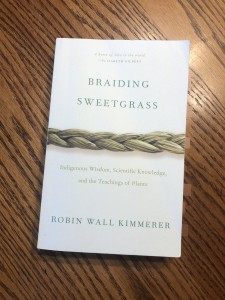
Braiding Sweetgrass by Robin Wall Kimmerer
This beautifully-written book kicked off my expansive reading this year, and what an excellent start! Written by an environmental biology professor, mother, and enrolled member of the Citizen Potawatomi Nation, Braiding Sweetgrass is all at once educational, inspiring, and filled with Indigenous wisdom. I read this early in the year and it prompted a string of books for me featuring nature and science writing, both in the nonfiction and fiction realms. I highly recommend the audiobook of this one too, which is narrated by the author.
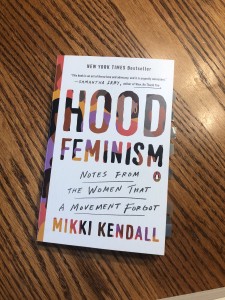
Hood Feminism by Mikki Kendall
I’ve read a fair amount on the topic of feminism, but it was the subtitle of this one – Notes From The Women That A Movement Forgot – that drew me in to this book. Kendall discusses how much work we have yet to do when it comes to supporting and expanding rights, opportunities, and equality, particularly with respect to women of color (WOC) and other marginalized people. She addresses this in terms of food insecurity, housing, education, and a host of other topics, including ones we might not immediately think of when we talk about feminism. Very eye-opening, informative, and thought-provoking.
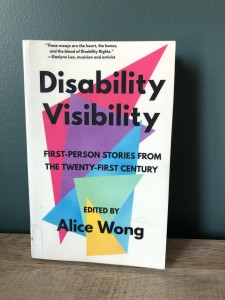
Disability Visibility by Alice Wong (editor)
I first learned of this book from Kendra Winchester, a ‘booktuber’ (someone posting bookish content on YouTube) and host of the Reading Women podcast, who shares a wide array of diverse and impactful reads. Disability Visibility is a powerful collection of essays written by people who live with disabilities (which the book states is one in five people in the U.S.), in which they share their stories, experiences, advocacy work, and more. I appreciated so much in this book, such as the reminder that many people live with disabilities that aren’t always visible to someone else. I initially borrowed this book from the library and ultimately purchased my own copy since I took so many notes.
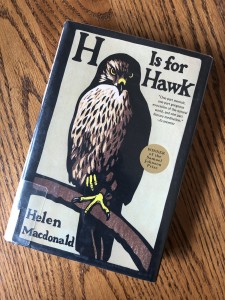
H Is For Hawk by Helen Macdonald
Throughout the year, I’ve read a few books that I find difficult to categorize into a particular genre; they are part-memoir, part-nature writing, part-exploration into a deep emotion such as grief. H Is For Hawk was one of the first I picked up, and it both intrigued and perplexed me, stretching me out of my ‘reading comfort zone’ in a variety of ways. The story revolves around the author’s experience training a goshawk – something that has never crossed my mind to do and so naturally opened my eyes in all sorts of new ways. I particularly appreciated how she wove this unique experience with the grief she was processing following the death of her father.
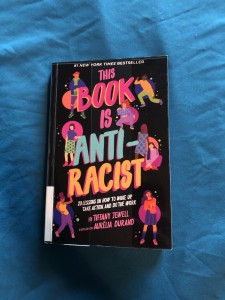
This Book Is Anti-Racist by Tiffany Jewell
Although written for a younger audience, I found this colorful and engaging book very enlightening as an adult, too. Jewell does a terrific job describing the difference between anti-racism and non-racism, also shedding light on the importance of being actively anti-racist in order to continue to prompt societal change. I particularly appreciated the author’s explanation around calling people out and calling people in; I haven’t heard it described in this way before and thought the considerations around this were important. I was also glad to see the book include a variety of anti-racism actions we as readers can take.
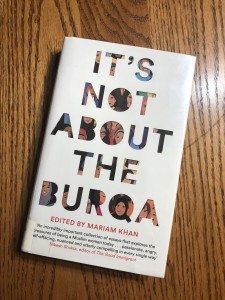
It’s Not About The Burqa by Mariam Khan (editor)
This collection of essays was written by a wide variety of contributors, all focusing primarily on what it’s like to live as a Muslim woman in the West today. I enjoyed learning from the broad range of voices gathered in this collection, as they addressed numerous topics including faith, racism, identity, mental health, feminism, and more. Some of the essays shared about customs and history I was unfamiliar with, some made me nod in recognition, some broke my heart; all of them taught me, enlightened me, and broadened my understanding.
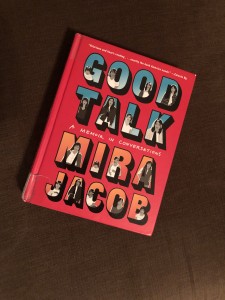
Good Talk by Mira Jacob
I’ve never read a graphic memoir before, so the structure of this book was expansive for me in and of itself. Jacob, who is East Indian and whose husband is Jewish, answers questions from her six-year-old son throughout the book; they discuss topics such as race, politics, family relationships, communication, and more in such an engaging way. I found the blend of artwork with the conversational style to offer a unique kind of poignancy. Good Talk is also a great example of how even a fairly brief reading experience (I read this in two sittings) can open your eyes and forever change your perspective.
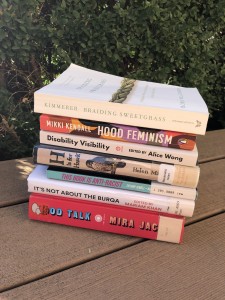
Going Forward
I found myself using similar words as I reflected on these books: Eye-opening. Thought-provoking. Important. These are all qualities I intend to continue seeking out in my reading life!
I definitely plan to continue focusing more and more on expansive reading, as well as bringing it into discussions with the ASPIRE Success Club and other programs I facilitate. In addition, I think I may choose a specific topic or type of book for next year – or perhaps for each quarter of the next year – on which to focus. A few ideas that come to mind include social justice, sustainability, literacy, Indigenous authors, and translated works.
To sum it up, I have absolutely loved this goal!
Please share your thoughts, book recommendations, and titles that might appear on your own expansive reading list! I’d also love to hear any reading goals you have set or are considering for the future.
Happy expansive reading!
Doors are now open for the ASPIRE Bold Goal Academy and the ASPIRE Success Club! Join one of these powerful programs while space is available!





